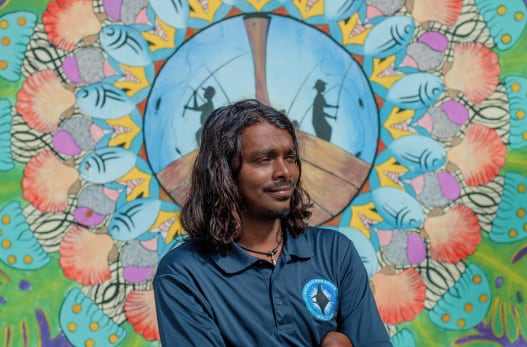
the Islands

rom boughs of overwater bungalows extending from sun-drenched beaches, to shoals of underwater animals darting above multicolored colonies of coral, the ocean has shaped, nourished, and defined the Maldives for so long that it can be hard to look beyond the archipelago’s aquatic treasures.
But visitors who delve deeper into the country’s islands will discover a different kind of trove: artisanal jewelry crafted by silver and gold smiths, ornate lacquerware forged by generational know-how, boats constructed by expert builders, street art painted by impassioned artists, and culinary bounties prepared by warmhearted home chefs.

This is what dive guide Hussain Fayaz—or Kamey—discovered when he began leading on-land tours for Secret Paradise in 2012.
According to him, a guide with the right knowledge can uncover remarkable cultural experiences among the Maldives’ 200 or so inhabited islands.
“I like connecting visitors with local people, introducing them to local culture, and showing them how easy it is to be part of local life.”
Central to the experiences that Kamey curates are family visits, where guests cook and eat with locals. They learn about Maldivian family and community life, and can also take a few recipes home. “I stay in touch with my guests and a lot of them try to cook these dishes after they get back,” laughs Kamey. “It’s not usually a complete failure, but they do always say it wasn’t as good as it was in the Maldives!”

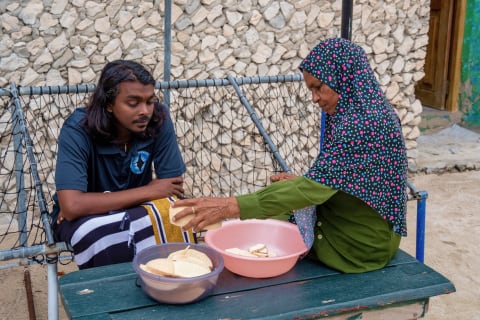









Artisanal history is also at the forefront of Kamey’s curated experiences, making Dhaalu Atoll’s Rinbudhoo Island, also known as the ‘The Jewelers’ Island,’ one of his favorite spots to bring visitors. A silver and goldsmith tradition has existed on Rinbudhoo for centuries, though why the craft developed on this island in particular is shrouded in mystery. What is clear is that the heritage has survived largely because artisanal families have persevered with time-honored methods and equipment.
Mostly working from home, jewelers here make traditional items like fattaru-bae, long gold necklaces worn at special occasions, and fattaru, a kind of silver belt, but also modern pieces that appeal to contemporary tastes.
“Some of the homes on the island are like tiny museums,” says Kamey.
This creativity has extended beyond jewelry workshops. Rinbudhoo is also home to a compelling collection of street murals, which are like “windows into Maldivian culture and history,” says Kamey. Here, the island authorities gave local artists the freedom to paint whatever inspired them, resulting in detailed scenes of Maldivian folklore, reflections of Rinbudhoo’s artisanal history, and lifelike portrayals of the country’s natural environment.


While Rinbudhoo is known for its smiths, Baa Atoll’s Thulhaadhoo Island is famous for its woodworkers.
Here, artisans put their skills into crafting vases, small boxes, and other homeware items, but where they really excel is in applying the lacquer coating, which is typically obsidian black, burnt orange, or scarlet red. Much like the smiths of Rinbudhoo, the woodworkers on Thulhadhoo also come from a long line of artisans.
“It’s the artisanal families themselves that keep their craft going,” says Kamey. “Fathers teach their sons who then teach their sons, and so on.”
Elsewhere in the archipelago, traditional woodworkers operate on a much larger scale. Perhaps unsurprising given the country’s geography, the Maldives is a country of expert boat builders, evidenced by the huge workshops on islands like Alifushi in Raa Atoll. These days, however, many boat builders are swapping wood for fiberglass, a more economical, durable, and sustainable option, and adapting their knowledge to shape this new material.
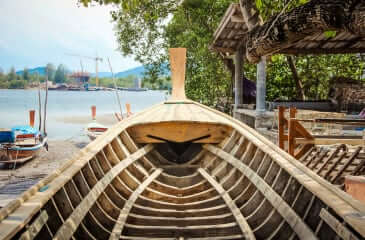

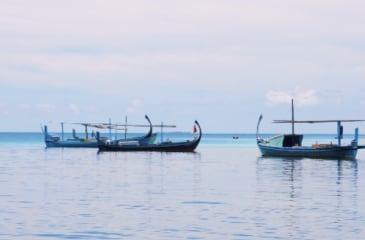
Here, artisans put their skills into crafting vases, small boxes, and other homeware items, but where they really excel is in applying the lacquer coating, which is typically obsidian black, burnt orange, or scarlet red. Much like the smiths of Rinbudhoo, the woodworkers on Thulhadhoo also come from a long line of artisans.
“It’s the artisanal families themselves that keep their craft going,” says Kamey. “Fathers teach their sons who then teach their sons, and so on.”
Elsewhere in the archipelago, traditional woodworkers operate on a much larger scale. Perhaps unsurprising given the country’s geography, the Maldives is a country of expert boat builders, evidenced by the huge workshops on islands like Alifushi in Raa Atoll. These days, however, many boat builders are swapping wood for fiberglass, a more economical, durable, and sustainable option, and adapting their knowledge to shape this new material.



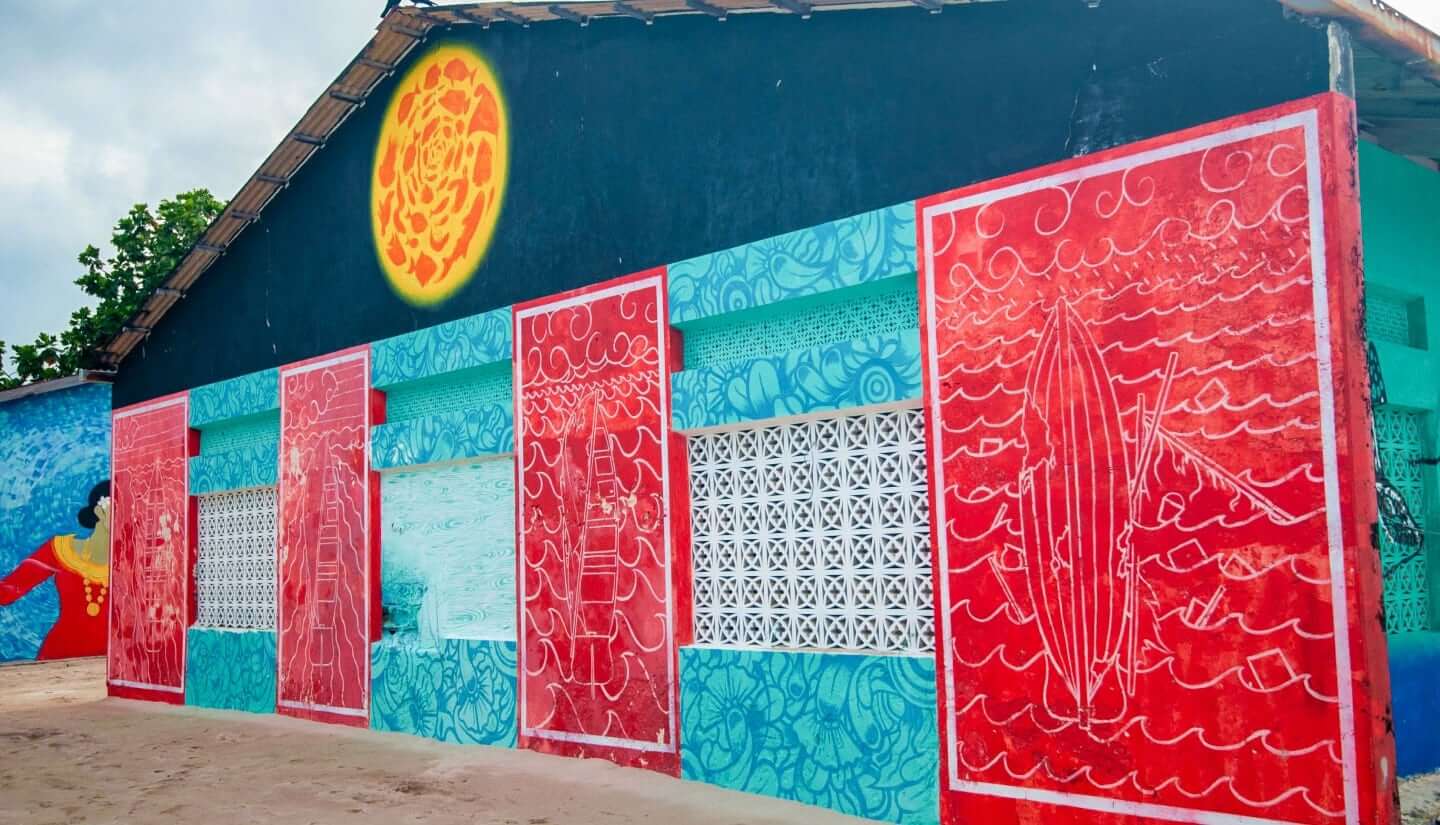

Maldivian boat builders may have found a way to modernize their skills and continue to pass on their heritage.
For other artisans, it’s also important that visitors to the Maldives continue their support for their craft. With friendly and open artisanal families—and guides like Kamey to create meaningful experiences—a holiday beyond the beach can be enormously rewarding.
